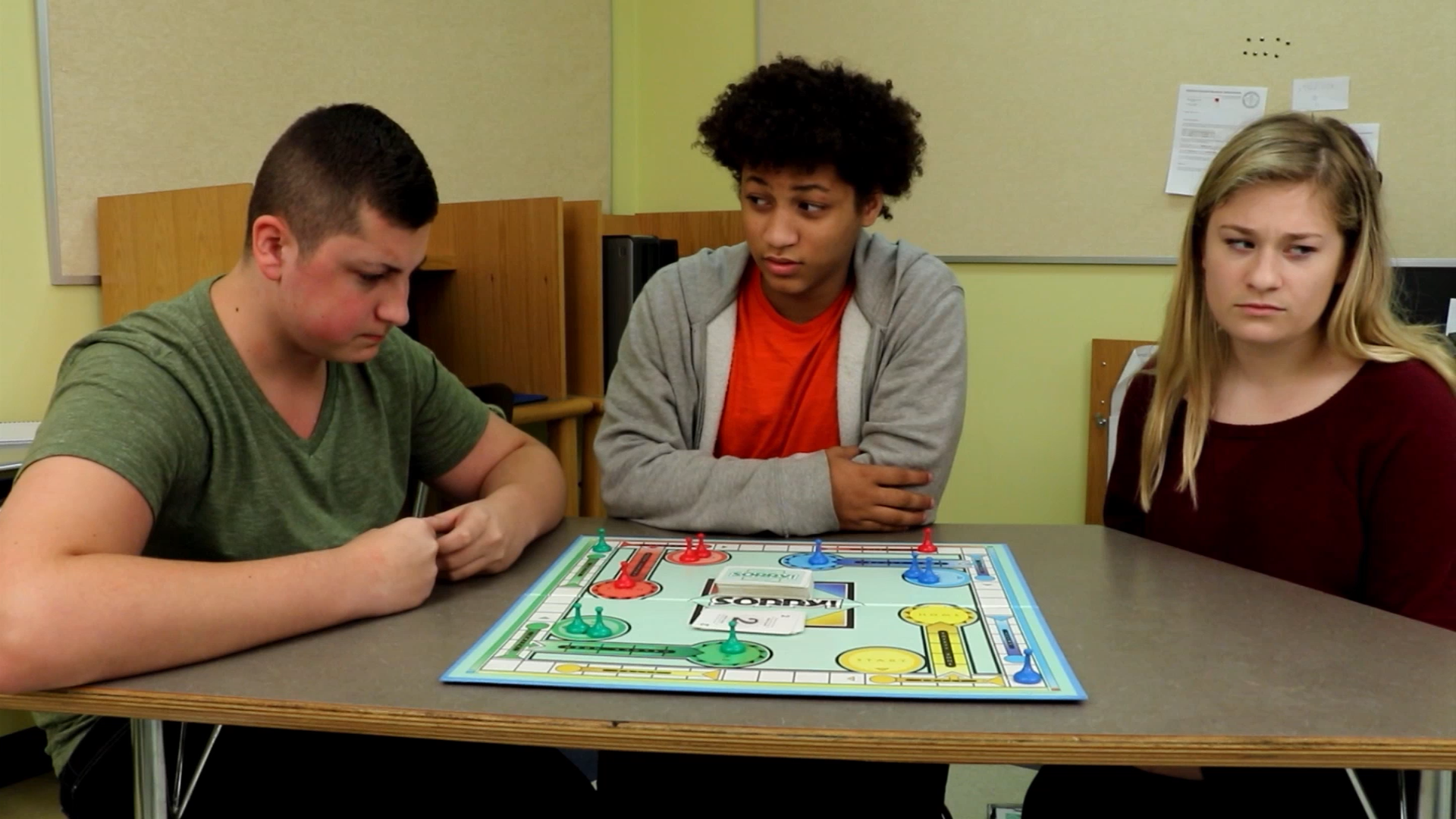
Introduction
As educators, we understand the importance of fostering a supportive and inclusive environment for our PreK students. One key aspect of this is teaching them how to handle situations where they may know more about a subject or a game than their peers. While it’s natural to want to correct others, doing so constantly or in a harsh manner can lead to feelings of frustration and upset. In this blog post, we will discuss strategies and activities to help students learn how to correct others gently and appropriately, incorporating principles of Social-Emotional Learning.
No-Prep Activity: The Rule Change Game
This simple activity requires no preparation or materials and can be played with any familiar game, such as Tic-Tac-Toe or Simon Says. The goal is to help students practice adapting to different ways of playing and learn how to correct others gently when necessary.
- Begin by playing the chosen game with its standard rules.
- After a few rounds, introduce a rule change. For example, in Tic-Tac-Toe, players can only place their marks diagonally.
- Encourage students to adapt to the new rule and continue playing. If a student notices another not following the new rule, prompt them to correct their peer gently and respectfully.
- Continue playing while introducing additional rule changes. This allows students to practice adapting to different play styles and provides opportunities for them to practice gentle correction.
Discussion Questions
- How did it feel when someone corrected you gently? How was it different from being corrected in a harsh way?
- Why is it important to think about how and when we correct others?
- How can you tell if someone is feeling upset or frustrated when you correct them?
- What are some ways you can correct someone gently and respectfully?
- Can you think of a time when it might be better not to correct someone, even if you know you’re right?
Related Skills
Beyond teaching students the art of gentle correction, there are several other relevant skills that can help promote healthy social interactions and emotional well-being in PreK students. These include:
- Active listening: Encourage students to pay attention to others and show that they’re listening by nodding, making eye contact, and responding appropriately.
- Empathy: Help students understand and share the feelings of others, allowing them to better respond to their peers’ emotions.
- Assertiveness: Teach students how to express their thoughts and feelings in a respectful manner without being aggressive or passive.
- Conflict resolution: Provide strategies for students to resolve disagreements and find solutions that work for everyone involved.
Next Steps
By teaching PreK students the art of gentle correction and related skills, we can create a supportive learning environment that fosters positive social interactions. To further explore these concepts and access free sample materials, we encourage you to sign up for free samples at Everyday Speech. With these resources, you can continue to nurture the social-emotional development of your students and help them navigate their relationships with greater ease and understanding.

